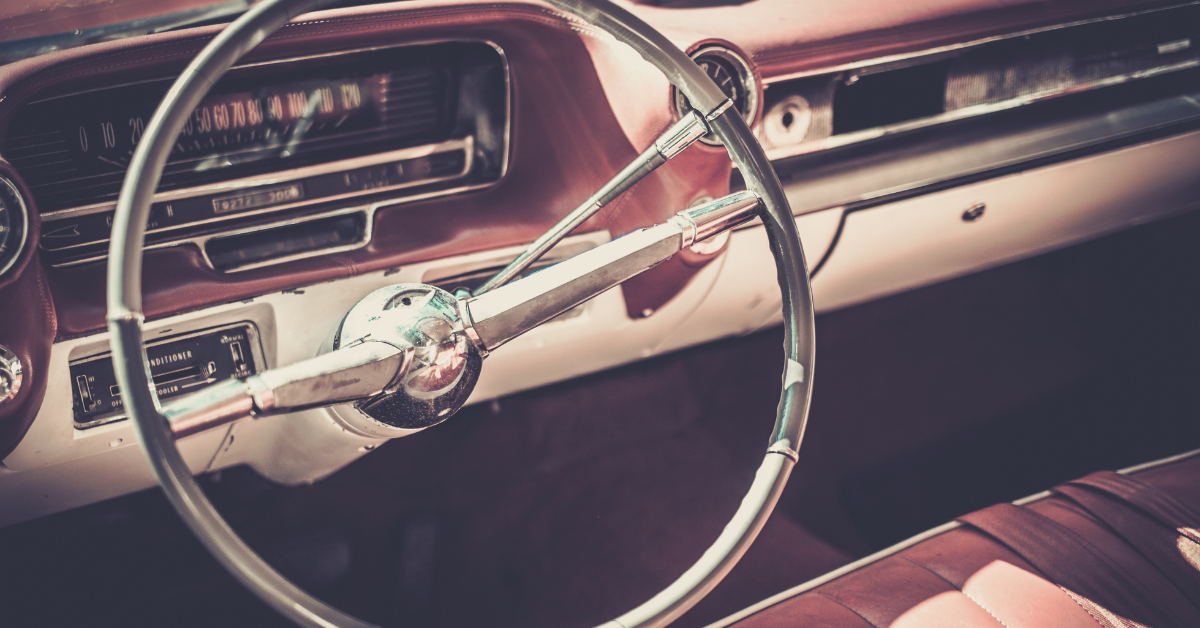The lack of popularity of American cars in Japan is not simply due to a lack of interest. Cultural differences, infrastructure challenges, and unique consumer behavior all play significant roles. This article explores, from a Japanese perspective, why American cars have struggled to gain traction in the local market.
Current Sales Performance of American Cars in Japan
Extremely Low Market Share Reveals Market Incompatibility
In Japan, American cars account for less than 1% of the total imported car market, indicating a significant gap in appeal. While German and Italian brands thrive, American automakers like Ford and Chevrolet have drastically reduced their presence or withdrawn altogether.
| Manufacturer | Annual Registrations | Share of Imported Cars |
|---|---|---|
| Mercedes-Benz | approx. 50,000 cars | approx. 20% |
| BMW | approx. 45,000 cars | approx. 18% |
| Ford | approx. 1,200 cars | approx. 0.2% |
| Chevrolet | approx. 2,500 cars | approx. 0.4% |
| Chrysler | approx. 900 cars | approx. 0.1% |
This data highlights how limited the presence of American cars is in Japan’s auto market.
Vehicle Size and Driving Preferences in Japan
Oversized Body and Left-Hand Drive as Barriers
In urban Japan, roads are narrow and parking spaces are limited, leading consumers to favor compact vehicles. Most American cars exceed 4.8 meters in length and come with left-hand drive, making them impractical for daily use.
| Model | Length | Width | Steering Position |
|---|---|---|---|
| Toyota Yaris | approx. 3.9m | approx. 1.7m | Right |
| Honda N-BOX | approx. 3.4m | approx. 1.5m | Right |
| Chevrolet Camaro | approx. 4.8m | approx. 1.9m | Left |
| Ford Mustang | approx. 4.9m | approx. 2.0m | Left |
The mismatch in vehicle size and layout directly contributes to American cars’ unpopularity in Japan.
Compatibility with Japanese Road Needs
| Factor | Ideal for Japan | Typical of American Cars |
|---|---|---|
| Vehicle Size | Small to Medium | Medium to Large |
| Steering | Right | Left |
| Maneuverability | High | Low |
| Fuel Economy | High | Low |
It is clear that the specifications of American cars often conflict with Japanese daily driving needs.
Mismatch in Consumer Priorities and Brand Image
Disconnection Between Practical Needs and Product Focus
Japanese buyers prioritize fuel efficiency, reliability, low maintenance costs, and ease of use. American cars, focusing on engine power and bold design, are seen as less practical. Moreover, negative brand perceptions—such as poor fuel economy or outdated engineering—continue to affect public opinion.
| Evaluation Item | Japanese Cars | American Cars |
|---|---|---|
| Fuel Efficiency | Very high | Generally low |
| Maintenance Costs | Low | Relatively high |
| Reliability | High | Moderate |
| Brand Image | Safe and Practical | Bold and Powerful |
Rebuilding brand trust requires both product value and a secure ownership experience.
Sales Networks and After-Sales Services
Service Insecurity Discourages Buyers
Major Japanese automakers offer widespread dealership and service networks. In contrast, American car dealerships are limited and concentrated in major cities, often making after-sales support inconvenient. Spare parts take longer to arrive, and repair costs tend to be higher.
| Item | Japanese Cars | American Cars |
|---|---|---|
| Number of Dealers | Nationwide | Urban areas only |
| Parts Availability | Very high | Often delayed |
| Repair Speed | Same-day possible | Days to weeks |
| Maintenance Costs | Low | Tends to be higher |
Without reliable post-purchase support, consumers hesitate to choose American brands.
Opportunities for American Cars in Japan
EV Innovation and Unique Identity Offer New Hope
The rise of electric vehicles (EVs) has changed the global automotive landscape. Tesla’s entry has boosted the appeal of American EVs in Japan. EVs offer quiet operation, low maintenance, and ease of use—traits that resonate with Japanese consumers. Younger generations also appreciate design innovation and tech-forward features.
| EV Brand | Features | Evaluation in Japan |
|---|---|---|
| Tesla | Self-driving, simple UI | Cutting-edge, high appeal |
| Ford Mach-E | SUV-type EV, stylish design | Low recognition so far |
| Rivian | Large EVs for outdoor use | Not available yet |
The combination of advanced EV technology and thoughtful branding could help American cars regain attention.
Need for Japan-Specific Strategy
Deep Cultural Understanding is Essential
Right-hand drive adoption, compact model development, and Japan-tailored designs are no longer optional. Additionally, local marketing strategies must reflect how Japanese consumers shop for cars—heavily influenced by reviews, SNS, and trust in local service.
| Required Adaptation | Description |
|---|---|
| Right-hand Drive | Necessary for safe, local-compliant driving |
| Adjusted Vehicle Size | Suitable for Japanese parking and road dimensions |
| Japanese Language Features | Voice and navigation tailored for the elderly |
| National Service Network | Crucial for after-sales trust |
| Compliance with Subsidies | EV tax reductions and incentives |
Delivering value through localization is key to success in Japan’s unique market.
Conclusion
The struggle of American cars in Japan stems from more than just consumer taste. It’s a convergence of infrastructure, values, regulations, and brand perception. Yet, with the momentum of EVs and changing lifestyles, there is hope. Succeeding in Japan requires more than exports—it demands understanding, adaptation, and engagement.






